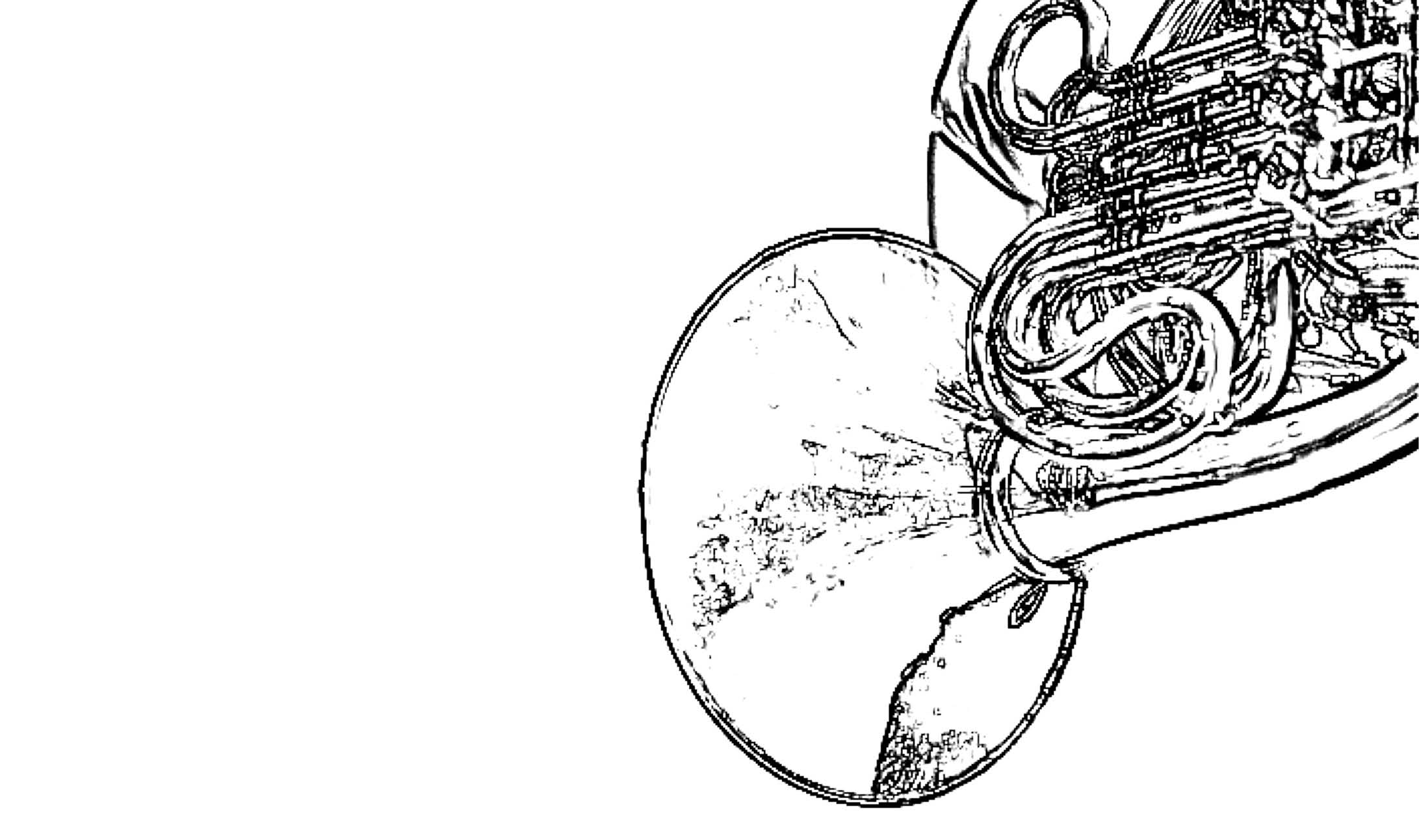
Musical preparation
When learning to play a new piece of music, it can be difficult to learn the music simultaneously with learning to perform it on the instrument. Both the musical content and your physical performance require attention and concentration, and if you try to do both at once, one of them will often suffer. If you start by familiarizing yourself with the music, playing it on the instrument will be easier.
Listening and responding with movement
Musical preparation can be compared to viewing a statue from several angles – not just from the obvious vantage point, right in front of it, but also from behind, from the side, from below, diagonally, and so on. By entering the music from various directions we can also experience it in several different ways, which can make a very important contribution to our interpretation of it afterwards. There will be more shades of colour on our palette. Some describe this in terms of getting an inner picture – seeing the music in the mind’s eye – while others call it internalized listening or internalized singing. The aim of this kind of work is to gain experience of the music and to store that experience in one’s memory. In instrumental teaching there are many different ways for students of learning music before playing it. The most common way is listening to a recording or to the teacher’s performance. Then the students hear what the music sounds like and, hopefully, acquire a feeling for it. But one learns better by also being active and giving some form of response while listening. If, for example, the students listen for different things in the music, such as rhythms, structure or phrasing, and at the same time respond with movement, they are doing ‘useful preparation which will be useful afterwards when they are playing the piece.
Eurhythmics – learning the piece without instrument
Eurhythmics is a very effective way of learning the music from different angles before playing it. Through movement with or without objects the students can focus on the music and familiarize themselves with melody, pitch, rhythm, phrasing, harmony, structure, and other aspects. Also, voice and singing are good tools for learning and exploring the piece. The students can practise various aspects of music making without having to bother about such problems of instrumental technique as coordination, fine motor skills, oral motor skills or breathing. Then when they start to play the piece on the instrument, they have internalised the music and can easier focus on the instrumental technique and the musical expression.
Musical preparation means taking in the music through active listening and processing various parts of it by responding with movement = show what you hear. When teaching musical preparation through Eurhythmics the teacher can have use for thinking about some different perspectives when planning the teaching:
General aspects / Specific training
- The musical preparation includes both general aspects and specific training. When working on a musical piece there are many things to focus that are specific for the actual piece, such as melody, phrasing, rhythm, and harmony. But at the same time as the students work on those, they are also training general things, such as pulse, meter, tempo, pitch, listening, interacting etc. As a teacher it is good to try and have both perspectives in mind.
Alternating between whole and parts
- When working with musical preparation, the students can learn the piece as a whole and also tackle individual difficulties in the piece. They can work on overarching aspects such as meter, key and form, or on details such as accents, intervals and tricky rhythms – or you can work holistically and on details at the same time. By alternating in various ways between whole and parts, the student gains an overall understanding of the composition.
More about Motoric preparation can be found under Motor skills.

The European Commission's support for the production of this publication does not constitute an endorsement of the contents, which reflect the views only of the authors, and the Commission cannot be held responsible for any use which may be made of the information contained therein.

